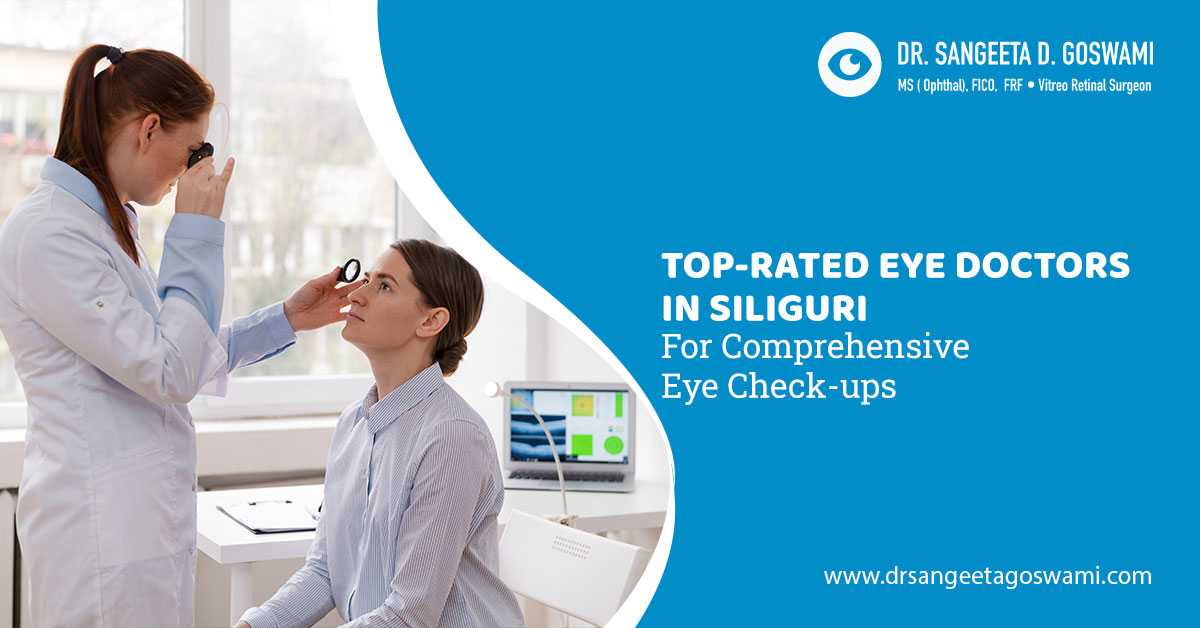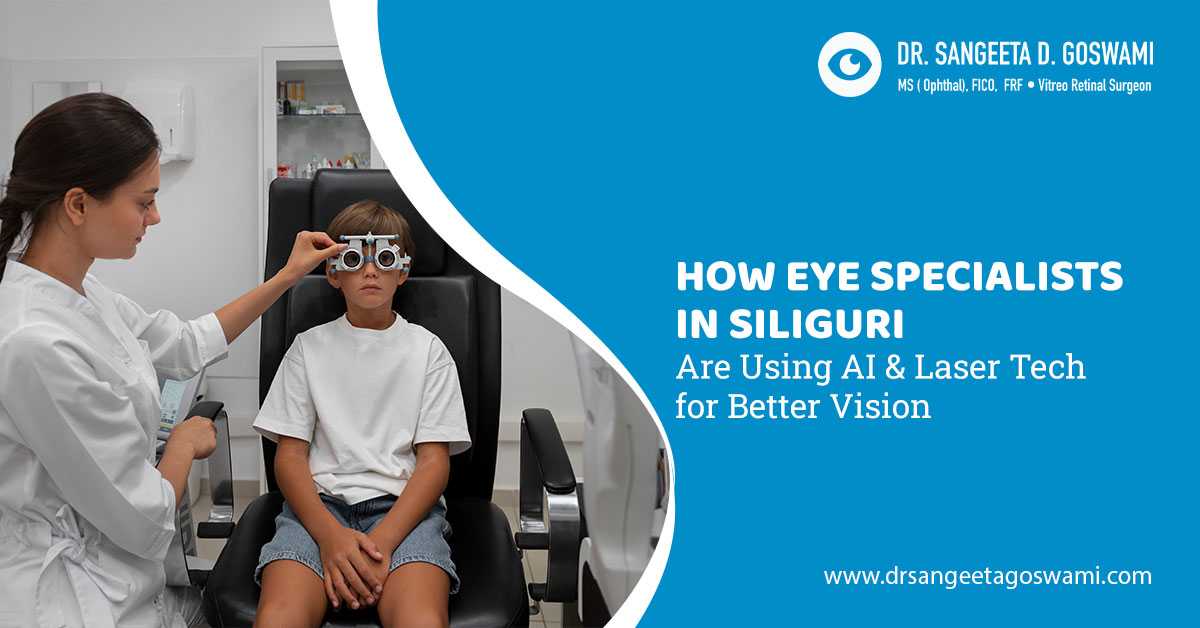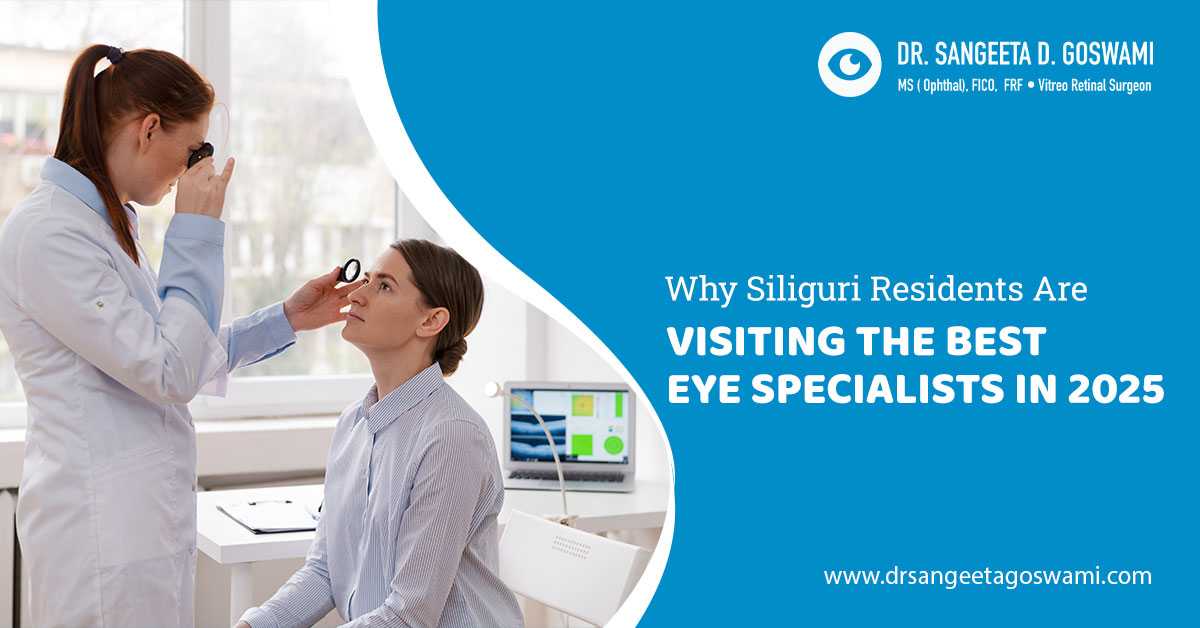A dry eye condition is when your eyes don’t produce adequate amounts of lubrication or tears. This situation can lead to tear instability, inflammation, or even damage to the surface of the eyes. Medically known as keratoconjunctivitis sicca, dry eye is common in both men and women. Women who have undergone menopause experience dry eye problems.
If you’ve been undergoing dry eye problems, it’s high time you should have consulted your eye specialist. You might consult the top eye specialist in Siliguri, North Bengal for routine and comprehensive eye checkups and care. The condition is very uncomfortable, causing eye irritation, redness, and pain.
The layers of tears that cover your cornea are affected by a dry eye condition, impairing the tear film that covers and safeguards your eye surface. Considered a multifactorial disease, dry eye disease is of three major types, including:
Aqueous deficient dry eye (ADDE):
This is a subtype of dry eye disease marked by insufficient tear production by the lacrimal gland to keep your eyes moist. Your lacrimal gland located in the upper, outer corner of each eye produces your aqueous tears, making up the middle, watery layer of your tear film.
Evaporative dry eye (EDE):
This is the most common form of dry eye syndrome which means you have insufficient oil in your tears. Meibomian gland dysfunction is the most common cause of EDE. With EDE, the glands in your eyelids that produce the outer, oily layer of your tear film don’t function effectively.
Mixed dry eye:
Many people have both aqueous tear deficiency and evaporative dry eye. With this dry eye condition, your eyes produce a lack of tears and you have unstable tear film at the same time.
Knowing the signs and symptoms of dry eye disease
People with dry eye syndrome say they feel very uncomfortable, which makes them feel like sandy, scratchy, or gritty sensations. Its symptoms include:
- Burning sensations
- Blurry vision
- Redness of the eyes
- Stringy mucus forming in and around the eyes
- Eye fatigue
- Sensitivity to light
- Trouble driving at night
- Difficulty wearing contact lenses
- Excessive watery eyes
When it comes to dry eye disease, watery eyes may sound confusing. It is caused by meibomian glands producing inadequate amounts of oils for the outer layer of your tear film, which in turn, causes the middle, watery layer of your tear film to evaporate fast. And, your lacrimal glands make more watery tears to recoup, leading to watery tears coming out. See the best ophthalmologists in Siliguri at the top eye clinic in town.
Insights into the causes of dry eye disease
A great number of reasons why dry eye disease takes place, including:
- Older age
- Allergic eye disease
- Vitamin A deficiency
- Sjogren's syndrome
- Thyroid disorders
- Certain meds to treat antidepressants, antihistamines, Parkinson's disease
- Hormone replacement therapy, birth control
- Nerve damage
- Smoking
- Spending more time on screen or using contact lenses for longer periods
- Cataract surgery, cornea surgery
It’s vital to treat the dry eye condition under an eye doctor or otherwise, if left untreated, DED can contribute to concerns like decreased day-to-day activities/performances, eye infections, eye inflammation, or even vision loss. You might consider talking to the most trusted eye specialist in Siliguri.
Diagnosis and treatment options for dry eye disease
Diagnostic procedures and tests to detect dry eye disease and its severity include:
- Medical history
- Personal history of eye conditions or surgery
- Schirmer tear test helps detect tear production
- Slit lamp exam to check the levels of tears your eyes produce
- Tear breakup time test to rule out how fast your tears evaporate
- Antibody tests to examine an underlying condition leading to dry eye conditions
- The tear osmolarity test detects the composition of particles and water present in your tears
These are some essential tests done
Treatment of dry eye disease includes artificial eye tears, ointments, Lifitegrast eye drops, medications, autologous blood serum drops (made from your own blood), nasal spray to boost tear production, etc. Reach out to the best eye hospital in Siliguri.
Further procedures include closing tear ducts, unblocking oil glands, therapeutic contact lenses, eyelid massage, light therapy, Thermal pulsation therapy, etc. Schedule an appointment with your eye specialist near you and treat dry eye conditions optimally under medical supervision.




